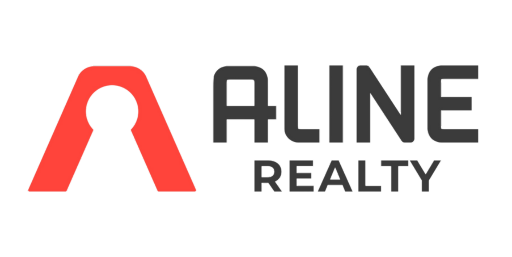How to Create a Lease Agreement That Protects You and Your Tenants

Why is a Lease Agreement Important for You and Your Tenants?
Creating a solid lease agreement might not be the most glamorous task on your to-do list, but trust me—it’s worth every second. A well-crafted lease isn’t just a piece of paper; it’s your safety net. It sets the tone for your relationship with your tenants, protects your property, and keeps misunderstandings at bay. Let’s break it down step by step so you can create a lease agreement that works for everyone involved.
Why You Need a Lease Agreement
Think of your lease agreement as the ultimate playbook. It lays out the rules, defines responsibilities, and saves you from the chaos of constant back-and-forth with your tenants.
Without a written agreement, you’re relying on verbal promises—something that’s easy to forget or twist when disputes arise. A well-written lease gives you a solid reference point. If disagreements escalate, it can even stand up in court.
But it’s not just about you! A clear lease also gives tenants peace of mind. They know what’s expected of them and what they can expect from you, which helps foster trust and transparency.
Key Elements of a Strong Lease Agreement
Here’s what every lease agreement needs to include:
1. Names of All Parties Involved
Make it official. Write down the full legal names of everyone signing the lease—yours and your tenants’. This ensures everyone is accountable.
2. Property Details
Be specific about the rental unit. Include the full address, and if it’s an apartment, add the unit number. No one wants confusion over which door the rent applies to!
3. Rent Details
This part has to be crystal clear:
Rent Due Date: Spell out the exact day each month the rent is due. No wiggle room for “Oh, I thought it was next week.”
Rent Amount: Write it in numbers and words (yes, like writing a check). For example: “$1,200 (one thousand two hundred dollars).” Don’t forget to include any additional fees, like security deposits or pet fees.
4. Lease Duration
When does the lease start? When does it end? Be specific with the exact dates, including the month, day, and year. This small detail prevents big headaches down the road.
5. Responsibilities and Rules
Here’s where you set expectations:
Maintenance Policies: Outline who’s responsible for what. Is the tenant responsible for lawn care or minor repairs? Spell it out. Behavior Expectations: Address noise levels, guest policies, or anything else that could impact the property or neighbors.
6. Signatures and Dates
The deal isn’t done until everyone signs. The landlord and all tenants should sign and date the lease. Without this, it’s just a draft.
A solid lease agreement isn’t just paperwork—it’s peace of mind wrapped up in black and white. It’s your best defense against confusion, misunderstandings, and unnecessary stress. By setting clear rules and expectations, you’re creating a foundation of trust and professionalism that benefits both you and your tenants. It protects your property, clarifies responsibilities, and ensures everyone knows exactly where they stand.
More importantly, it sends a message: you’re a landlord who values fairness and transparency. When tenants see that you’ve taken the time to create a thoughtful, detailed lease, they’ll know you’re serious about maintaining a good relationship and providing a positive rental experience.
Take the time to do it right. A little effort now can save you a world of headaches later. Your future self will thank you for the foresight—and so will your tenants when they realize they’ve signed up for a smooth, drama-free tenancy. After all, a great lease isn’t just a document; it’s the start of a great landlord-tenant partnership.
Ready to create a lease agreement that works for you and your tenants? Contact A-Line Realty today to get expert guidance on drafting a lease that protects your property, sets clear expectations, and fosters positive tenant relationships. We’re here to help every step of the way!
